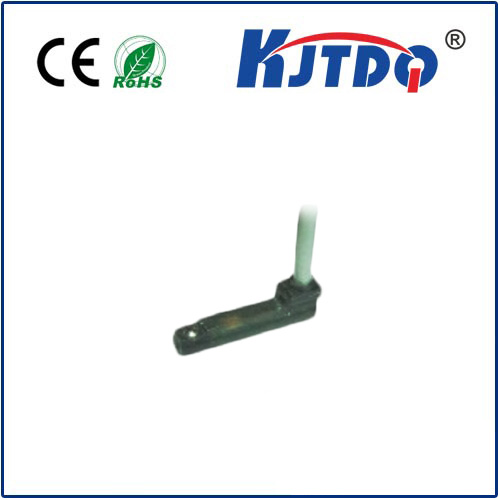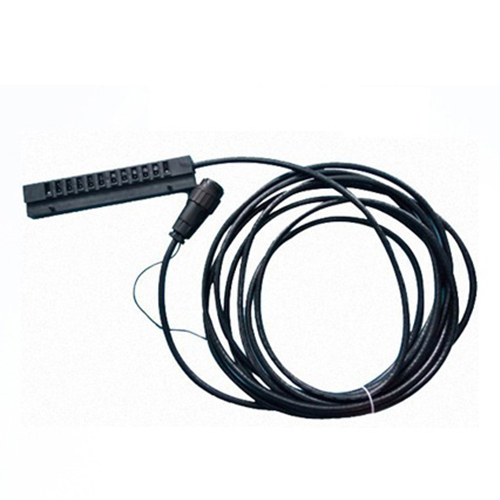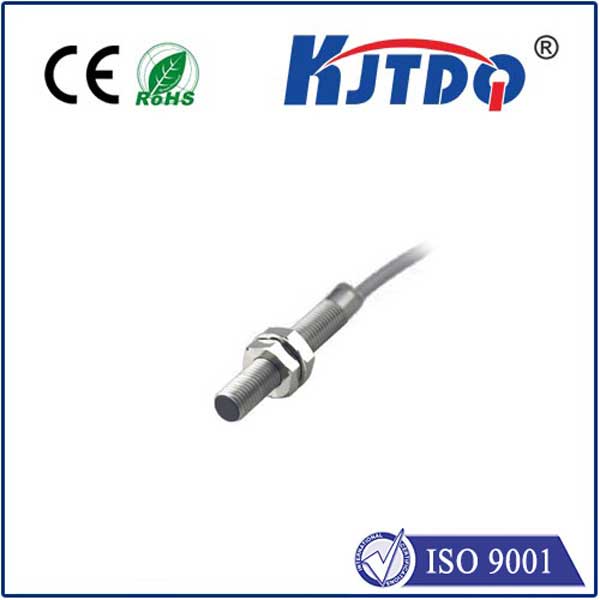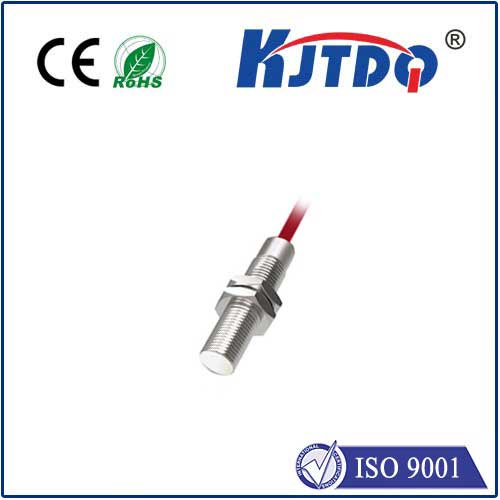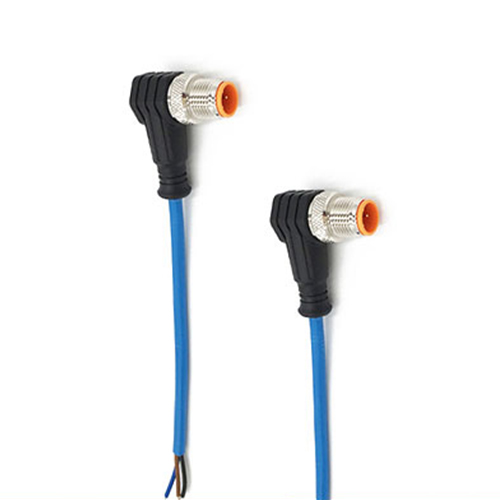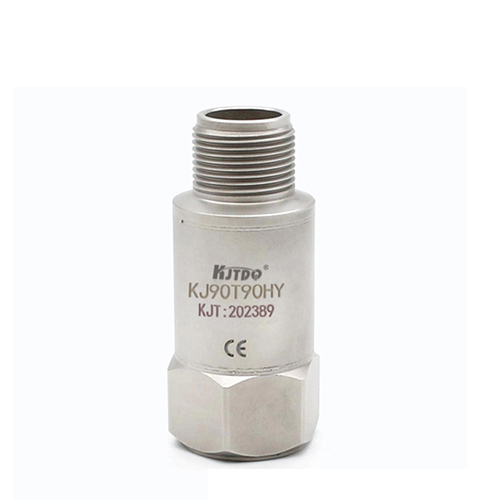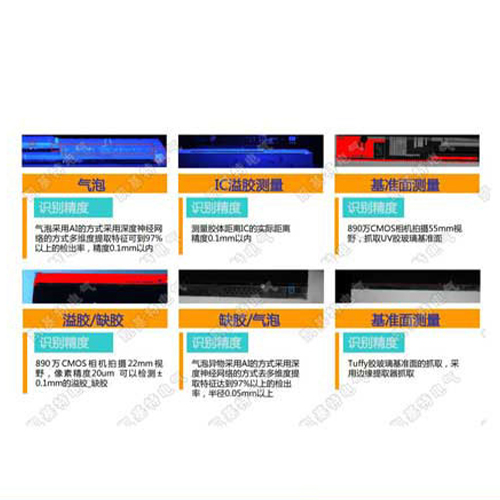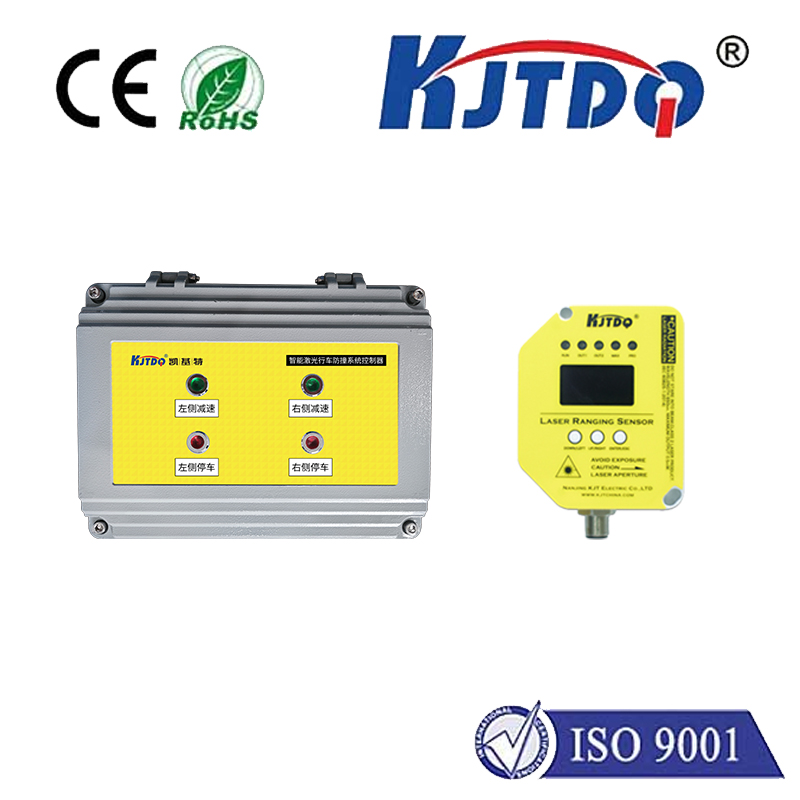

check

check

check

check

check

check

check

check

check

check
Introduction:
Proximity sensors, also known as infrared or ultrasonic sensors, are small devices that detect the presence or absence of objects. They come in various forms, including 12V proximity sensors, which are widely used in a range of industries due to their high sensitivity and reliability. In this article, we will explore the applications and functionalities of 12V proximity sensors and how they can be leveraged by businesses to enhance their operations.
Body:
I. Applications of 12V Proximity Sensors in Different Industries
A. Manufacturing and Assembly Lines
1. Asset Management and Inventory Tracking
2. Quality Control and Inspection
3. Material Handling and Automation
B. Industrial Automation and Control Systems
1. Motion Control and Positioning
2. Safety and Security Systems
3. Environmental Monitoring and Control
C. Transportation and Logistics
1. Vehicle Guidance and Navigation Systems
2. Load Management and Optimization
3. Container Detection and Seal Testing
D. Home and Commercial Automation
1. Lighting and Electrical Switches
2. Door Locks and Access Controls
3. Temperature and Humidity Sensing Devices
II. Functionalities of 12V Proximity Sensors
A. Range and Detection Distance
The detection distance of a 12V proximity sensor depends on its technology and design, but it typically ranges from a few inches to tens of feet. This makes it suitable for detecting objects in various sizes and distances. B. Signal Strength and Modulation
The signal strength of a proximity sensor is proportional to the distance between the sensor and the object being detected. The sensor uses different modulation techniques to transmit signals, such as pulse width modulation (PWM) or analog signals, depending on its application. C. Operating Temperature and Humidity Resistance
12V proximity sensors are designed to operate in a wide range of temperatures and humidity levels, making them ideal for harsh environments such as industrial facilities or outdoor use cases. D. Integration Options
Proximity sensors can be integrated into various systems, including microcontrollers,PLCs,andPCs, allowing for seamless data collection and analysis. They can also be interfaced with other devices through serial,I/O,orUSB ports, enabling remote monitoring and control. E. Cost Effectiveness
Compared to other types of sensors, 12V proximity sensors offer high value for money due to their low cost per unit, easy installation, and long lifespan. They require minimal maintenance and can be replaced quickly if needed without causing significant downtime or disruptions.III. Advantages of Using 12V Proximity Sensors in Your Business
A. Increased Efficiency and Productivity
Proximity sensors can help automate processes, reduce human error, and improve overall efficiency in your business operations. By eliminating manual tasks and detecting potential issues early on, you can minimize delays, save resources, and boost productivity. B. Enhanced Safety Measures and Security
Proximity sensors can be used to detect intruders or unauthorized individuals within your premises, alerting security personnel immediately. This can significantly reduce the risk of theft or damage to your property and ensure the safety of your staff and customers. C. Cost savings on Maintenance and Repairs
By integrating proximity sensors into your operations, you can eliminate the need for costly maintenance and repairs caused by wear and tear or damage to traditional sensors. This can lead to significant cost savings over time while providing reliable performance throughout their lifespan.IV. Conclusion
In conclusion, 12V proximity sensors are a versatile device that can transform various industries by providing accurate detection of objects in different environments. With their high range, signal strength, temperature resistance
